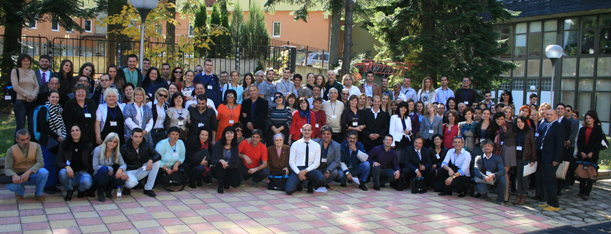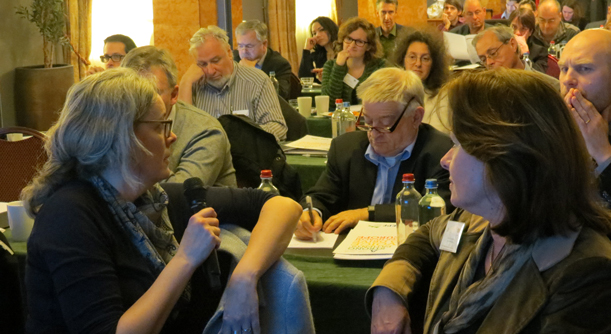Equal access to affordable, available, and high-quality healthcare is a basic EU-citizen right. Unfortunately, this is not the reality for many living in the EU as highlighted in our campaign for the 2014 EU Elections, especially in the wake of the economic crisis. Our member in Bulgaria, the National Patient Organization (NPO), is making strides to close the gap in equal access for patients living with chronic illness. Here is the story of Alexander and his parents’ battle for treatment.
Over the 2012 summer, Valya Hristova sought guidance from the Bulgarian Association of Patients with Rheumatoid Arthritis (APRA), a member of NPO. She went to these organisations on behalf of Alexander, her seven-year-old son diagnosed with juvenile idiopathic arthritis, a subset of arthritis seen in childhood. At the time, Alexander had been receiving multiple-drug treatment for his condition.
At that time Alexander’s parents were experiencing difficulties in paying for the long-term drug, which was not reimbursable through Bulgaria’s National Health Insurance Fund (NHIF). In all other EU member states, treatment with this drug is completely covered by health insurances. The patients’ organisations challenged the NHIF to explain why this drug was not included in the list of covered medicines.
An official response to the letter came six months after. Alexander’s family—along with the families of six other children diagnosed with the same condition—were informed that this treatment could be reimbursed by 75% starting on 1 January 2013.
However they also learned that the criteria for the initiation of reimbursable treatment (disease indicators) had not been established. They had therefore to continue covering 100% of treatment costs until 15 March, when the Fund finally established the necessary criteria.
It appeared that none of the seven children met the criteria to receive coverage for the treatment, as their disease indicators were lower than those specified by the NHIF. Under pressure from NPO and APRA, the Fund finally granted treatment to the children under a special provision. On 25 April 2013, the seven children received their first covered treatments.
Without the intervention of NPO and APRA, the children would not have received covered treatment for their illness. While the drug is now covered under insurance for these children, their families are still paying monthly testing procedures and the cost to administer the drug, as the NHIF has failed to establish a reimbursement agreement for this specialised medical service.
Progress still needs to be made before these children can say they have truly received available and affordable healthcare. It is the reason why NPO, through the EPF Manifesto, requests the support of an EU initiative on equitable healthcare access to all EU citizens, regardless of their background or ability to pay. Patient organisations can and must continue to fight for equitable healthcare until stories like Alexander’s become only a reminder of our fight for equal access.
For more information, please contact EPF Director, Nicola Bedlington at nicola.bedlington@eu-patient.eu.

